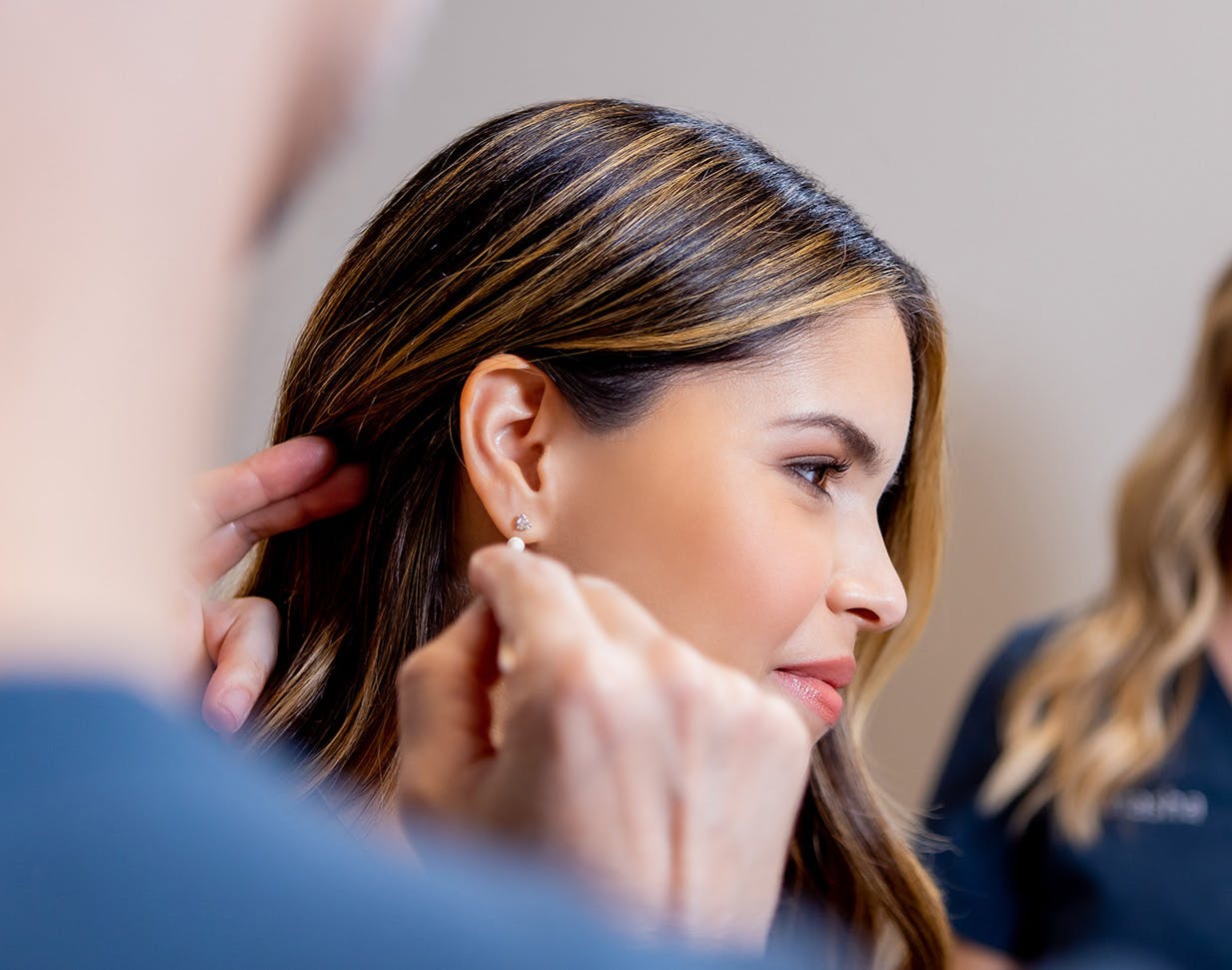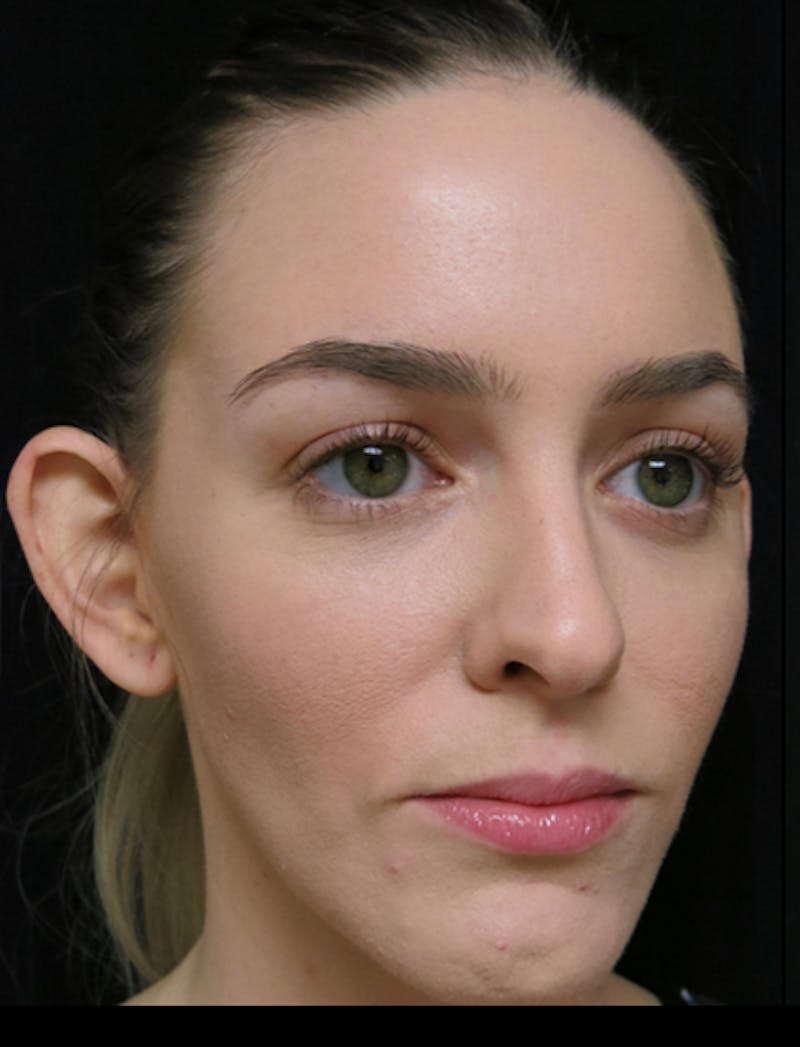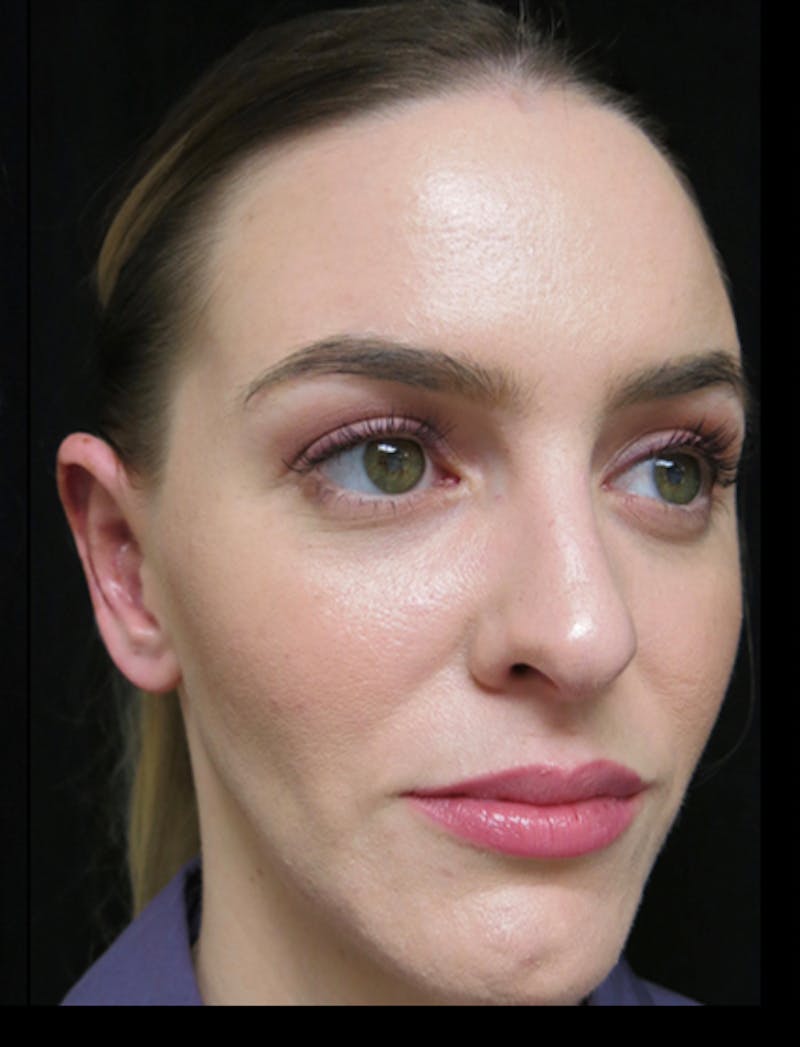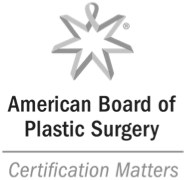This procedure is done to correct the position, prominence, shape, and size of the ear and to repair deformities caused by injury and disease.
Ear Surgery Procedure
Young children are given general anesthesia, while adults can undergo the procedure either with general or local anesthetic. In the case of protruding ears, or ears that need to be set back, an incision is typically made behind the ear next to the head to expose the cartilage.
Techniques vary depending on how much correction needs to be done. Frequently, the cartilage will be folded closer to the head and sutured. In some cases, a small amount of cartilage will be removed to enable the ear to be properly positioned.
After the surgery, bandages will be securely placed to ensure that there is no movement of the repositioned ears while healing occurs. It is very important to follow Dr. Lampert’s instructions to ensure the ears heal in place. Dr. Lampert keeps his otoplasty patients in a headband postoperatively. This helps splint the post-surgical ear into position while it heals. Cartilage has a tendency to try and “spring back” into its original preoperative position. The most common complication of all otoplasty surgery is a recurrence or a loss in the sculpted surgical shape due to the cartilage’s “memory” of its original shape.
Dr. Lampert in Miami believes that proper surgical technique and strict postoperative compliance should reduce the risk of recurrence after otoplasty to almost zero.


















